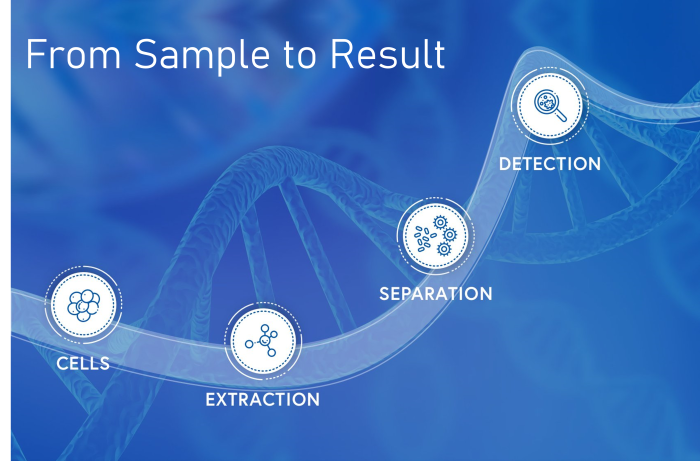
- NanoDrop: Micro-volume spectrophotometers
- Micro-volume spectrophotometers
- Microplate readers
- PCR Systems
- 3D Cell Culture: Functional Organoids Growth
- Automated systems
- Bioreactors
- Capillary Electrophoresis Analysers
- Cell Counters
- Electrophoretic Automated Tissue Clearing
- Imaging Systems
- Next Generation icIEF
- CellVysion: Immuno-oncology & CAR-T therapy
- Fluorometry, Spectroscopy and Chromatography
- SPR instruments
- Small laboratory equipment
- ATP Kits
- Cell Culture: Cytokines, Growth Factors...
- DNA/RNA Sample Preparation
- icIEF pI Markers, AESlytes Carrier Ampholytes
- Labelling Chemistry
- TR-FRET Cell-based assay kits
- Next Generation Sequencing kits
- Foodborne Pathogen Detection
- PCR Reagents
- Multienzyme Isothermal Rapid Amplification
- Sample Collection and Stabilisation
- Sanger Sequencing
- Single Cell Research

